Ayurvedic Ingredient Glossary
The most amazing ingredients from nature aren’t always the easiest to find.
At AyurScience, we are dedicated to searching the globe for rich ingredients that help you make the most of life.
THE BEST INGREDIENTS
We’ll take you on a quest across the globe, to climb the highest peaks and dive into the
deepest oceans, all in the search to find nature’s most incredible ingredients for our Ayurvedic skin care products.
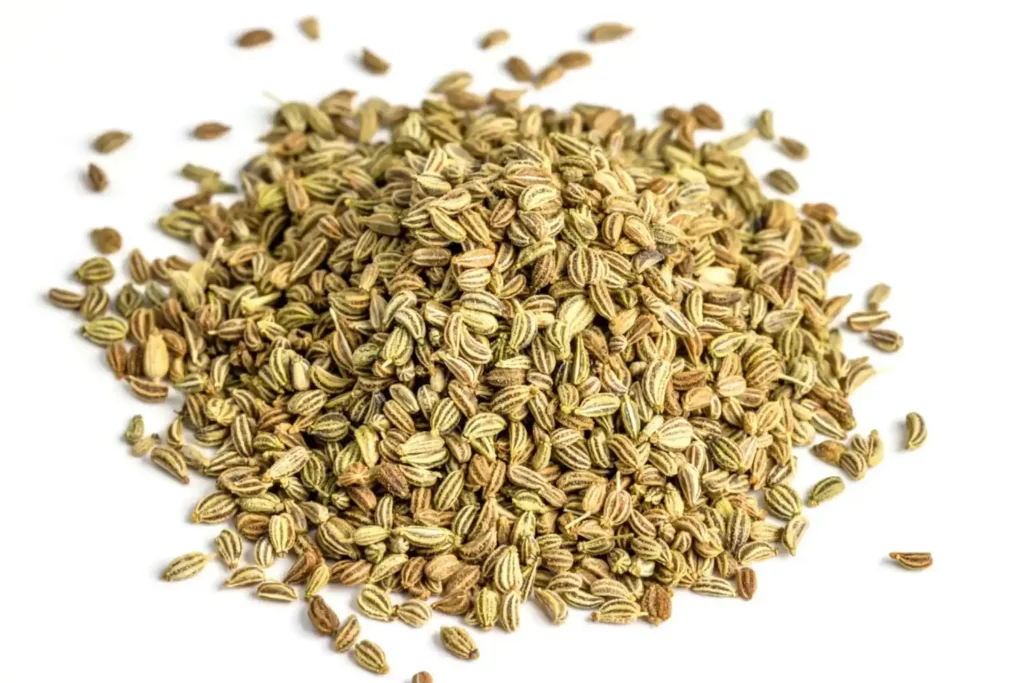
Scientific name: Trachyspermum ammi
Ajwain (Carom Seeds) is one of the best Ayurvedic herbs for the treatment of any Vata vitiated disorder in the body. The fruit possesses stimulant, antispasmodic and carminative properties and is used traditionally as an important remedial agent for flatulence, atonic dyspepsia, diarrhea.
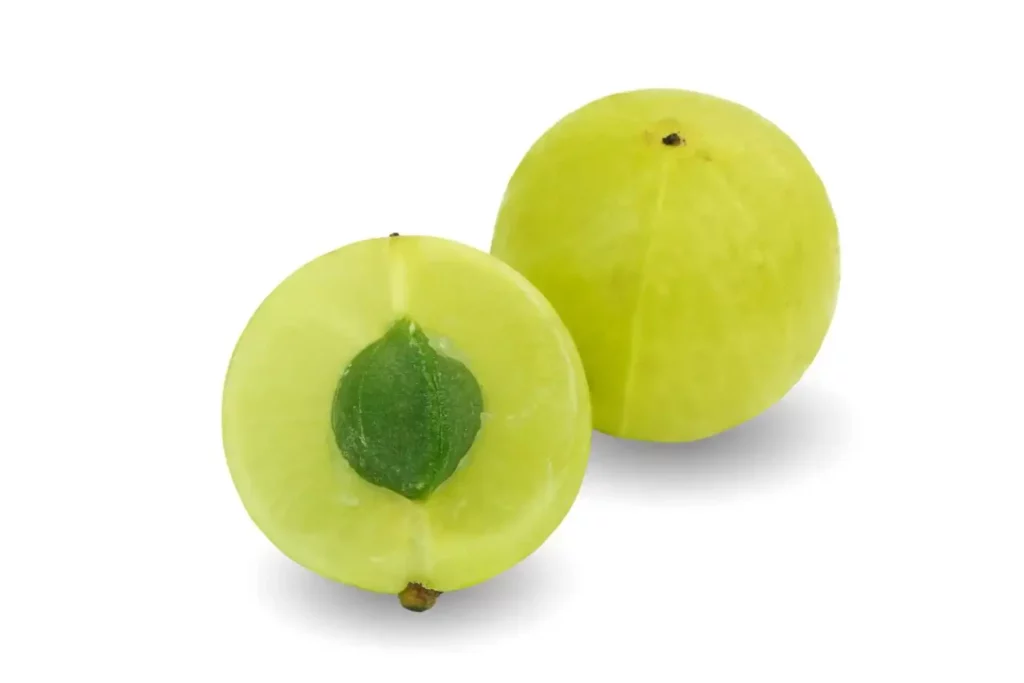
Scientific name: Emblica officinalis
Amla or Indian Gooseberries grow on a flowering tree of the same name. Amla acts on skin by prevention of collagen breakdown. High in Vitamin C, it hinders melanin production as well as acts on perifollicular pigment. It utilises a multilevel cascade of antioxidant compounds that results in a prolongation of its antioxidant capabilities, including the protection against photo-damage and pollution. It is also an effective skin lightening and hyperpigmentation reducing agent.

Scientific name: Withania somnifera
Commonly know as Ashwagandha, Indian Winter Cherry or Indian Ginseng, is one of the most important herbs of Ayurveda used for millennia as a Rasayana for its wide ranging health benefits. Protects skin cells from screen-emitted artificial visible light. Strongly reinforced, the skin is visibly revived and the signs of fatigue disappear in favour of a healthy glow ranging health benefits. Ashwagandha also appears to reduce knee joint pain, decrease swelling, slow degradation of joints, and improve pain and overall mobility of the osteoarthritic joints.

Scientific name: Psoralea corylifolia
Bakuchiol is a potent antioxidant that may help reduce redness, inflammation, acne and hyperpigmentation. The first natural alternative to Retinol without having any of the negatives associated with Retinol. It also has a pronounced soothing effect on problematic skin, stimulates skin cell turnover, smooths fine lines and wrinkles, and improves skin tone and texture.

Scientific name: Piper nigrum
Commonly known as Black Pepper, it is a very popular and important ingredient that is used in cooking worldwide and considered one of the simplest home remedies for productive cough. Black Pepper is a good cough expectorant specific for cold, wet, damp, Kapha conditions like asthma, bronchitis, pneumonia and sore throats. Black Pepper can be applied locally over the nose and helps as a wonderful decongestant to decrease sinuses blockage.

Scientific name: Elettaria cardamomum
Commonly known as Cardamom, it is considered as tridoshic in Ayurveda, which is good for balancing all three Doshas. It provides strength to the lungs and boosts immunity, so it is used for chronic cough, common cold, cough with purulent discharge, and chronic bronchitis. It has an active ingredient called cineole that has an ability to break down mucous and expel it out of the system.
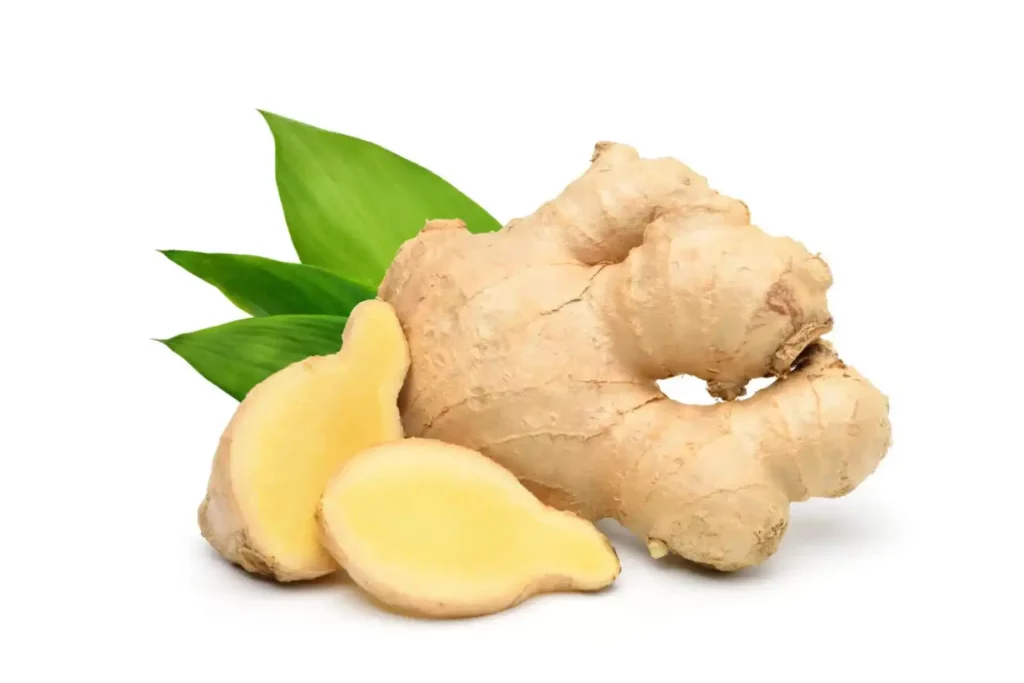
Scientific name: Zingiber officinale
Rhizome Ginger has an abundance of healing properties and is thought of in Ayurveda as a “universal medicine.” Referred to as Ardrakam or Shuntha in Sanskrit, Ginger fights skin-damaging free radicals and promotes a smooth and even skin tone. Ginger can reduce the activity of several chemical substances that promote joint inflammation. Ginger contains several active compounds with antioxidant and anti-inflammatory properties to reduce cough

Scientific name: Alpinia galanga
The Galangal Rhizome, also known as Rasna in India, is a plant related to Ginger. It is used in a variety of Ayurvedic remedies including the treatment of rheumatism and inflammatory disorders. Galangal root may reduce disease-causing inflammation, as it contains HMP, a naturally occurring phytochemical that boasts potent anti-inflammatory properties.
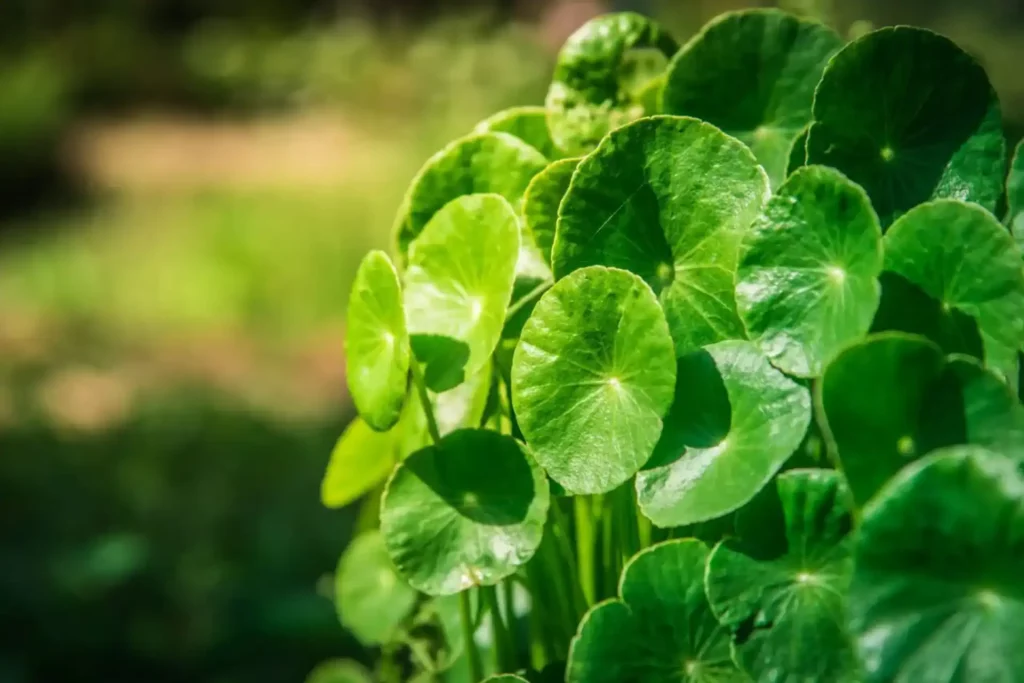
Scientific name: Gotu kola
Gotu kola is listed as a ‘varnya’ (skin lightening) herb in Ayurvedic texts. Its extracts containing centelloids, flavonoids and tannins display high tyrosinase inhibition abilities that reduce melanogenesis. Thus, frequent application of Gotu kola can fade dark spots and give your skin a clear, bright glow.

Scientific name: Vitis Vinifera
Common Grape Vine is known as Draksha in Ayurveda.Thanks to its Vitamin E and linoleic acid content, grapeseed oil lightens skin discolorations like acne scars and sunspots. Grapeseed oils anti-inflammatory properties help reduce acne.
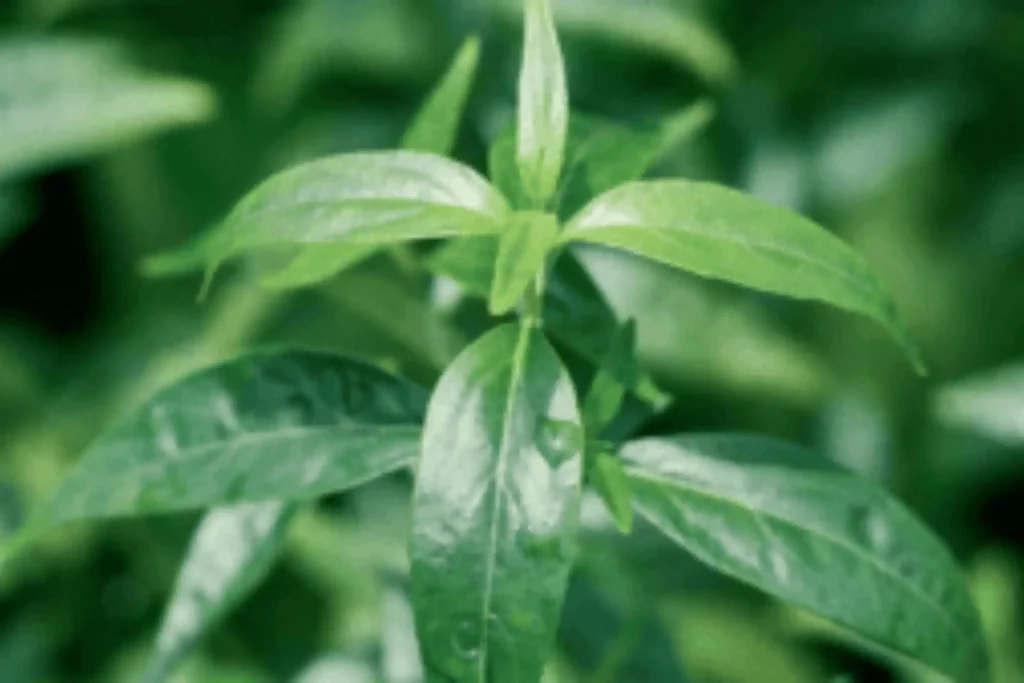
Scientific name: Androgrpahis paniculata
Commonly known as Kalmegha in Ayurveda is a special herb in the treatment of allergy, skin infection related to virus, inflammation and liver disorders. The extract is a stem cell booster. It improvs skin hydration, dermal density, wrinklin, and sagging significantly.

Scientific name: Ferula foetida
Asafoetida or Hingu is an ancient Indian culinary ingredient loaded with immense health benefits. It works wonderfully in aiding digestion, which can increase the metabolic rate to a great extent. Due to its potential effects on digestion, Asafoetida is thought to help reduce symptoms associated with IBS.

Scientific name: Boswellia serrata
Boswellia serrata is a herbal resin made from the gum of the Boswellia Tree that holds a place of significance in many religious ceremonies in India and around the world. Also known as Indian Frankincense it has a long history of use in Ayurveda. A known anti-inflammatory, Boswellia Serrata is also used for anti-ageing treatments and acne medications. It helps support elastin and hyaluronic acid to improve the appearance of skin firmness and elasticity. Boswellia gum resin is revered for its ability to promote joint comfort and mobility due to its soothing, detoxifying effect on the bone tissue. The resinous part of Boswellia serrata possesses terpenes that are responsible for inhibition of pro-inflammatory enzymes.
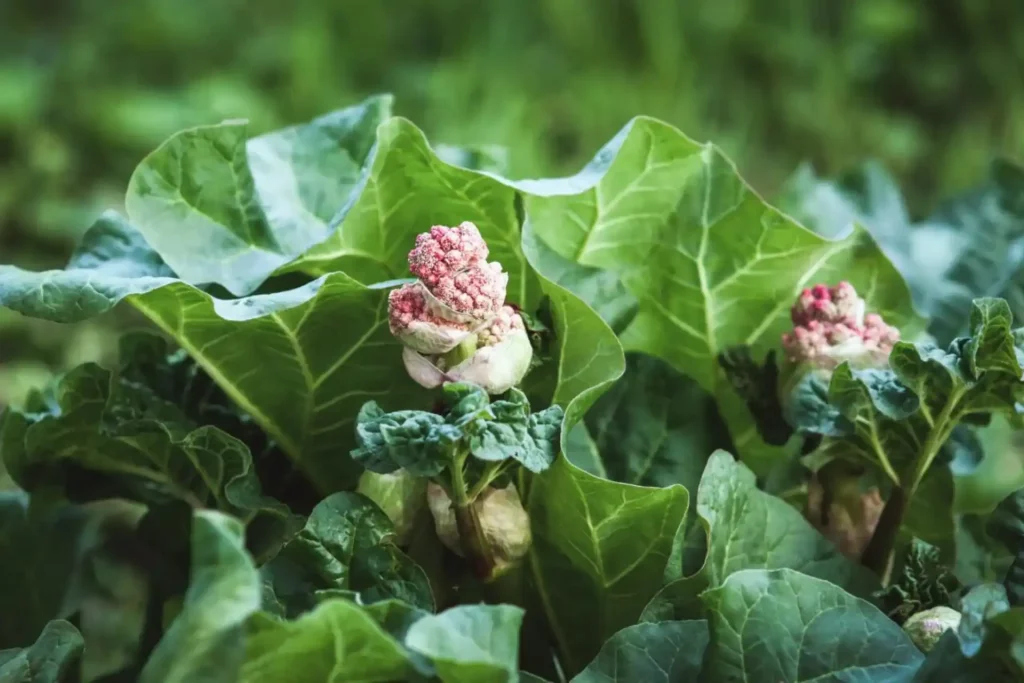
Scientific name: Rheum palmatum
Indian Rhubarb is a perennial herbaceous plant, the small root is edible raw. Rhubarb boasts plenty of antioxidant compounds including Vitamin C, beta-carotene, phenolic acid, anthocyanins and more. It is a tyrosinase inhibitor that can brighten the appearance of the spots of hyperpigmentation and hinder melanin production.
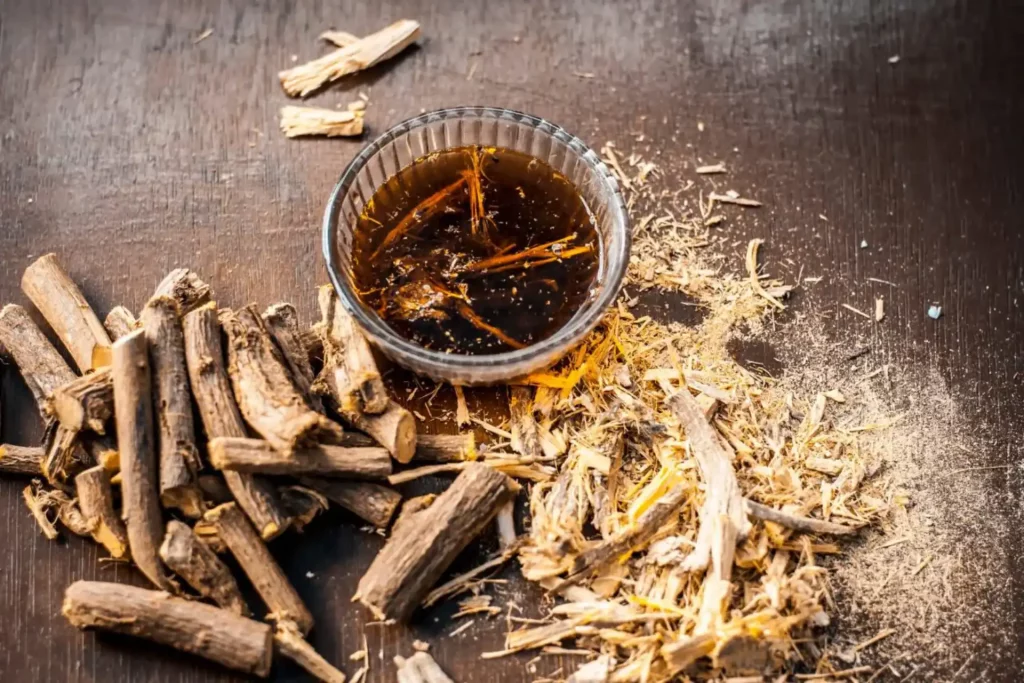
Scientific name: Glycyrrhiza glabra
Commonly known as Liquorice and as Yashtimadu in Sanskrit meaning “sweet root”, liquorice has been used in Ayurveda for thousands of years. It helps to pacify Vata and Pitta dosha due to its sweet taste and cold potency respectively. So it is effectively used in various diseases like chronic cough, breathing difficulties, burning sensation and headache. Licorice has anti-inflammatory and expectorant properties and helps to thin the mucus in the respiratory tract and helps to relieve cough and congestion.

Scientific name: Justicia adhatoda
Commonly known as Malabar Nut or Vasaka is one of the most significant herbs used in Ayurveda. The name ‘Vasaka’ itself means that the plant alleviates many diseases and restores the health. This plant has been used in the treatments of cough, colds, asthma, to liquefy sputum, as a bronchodilator, bronchial catarrh, bronchitis and tuberculosis. Vasicine is one of the actives in the plant that gives this herb many medicinal properties.
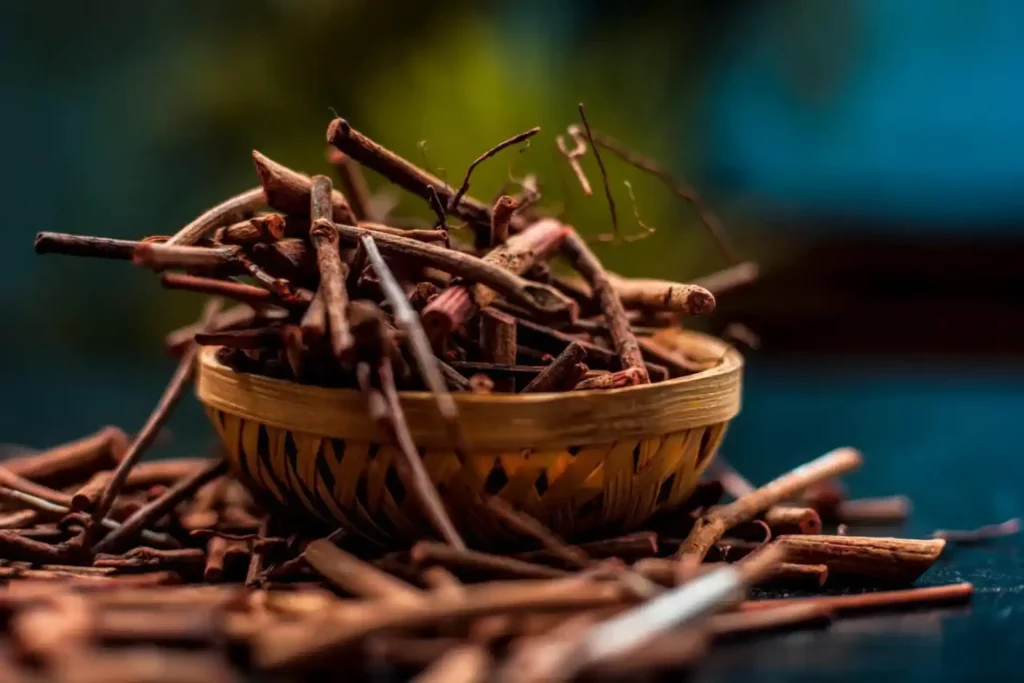
Scientific name: Rubia cordifolia
Manjistha is commonly used as a blood purifier apart from its many therapeutic properties. It is used to reduce scarring, have antimicrobial and anti-inflammatory properties. It has skin lightening properties, as well as evens skin tone. It helps to remove natural toxins and excess heat from the blood thereby supporting healthy skin and a clear complexion.
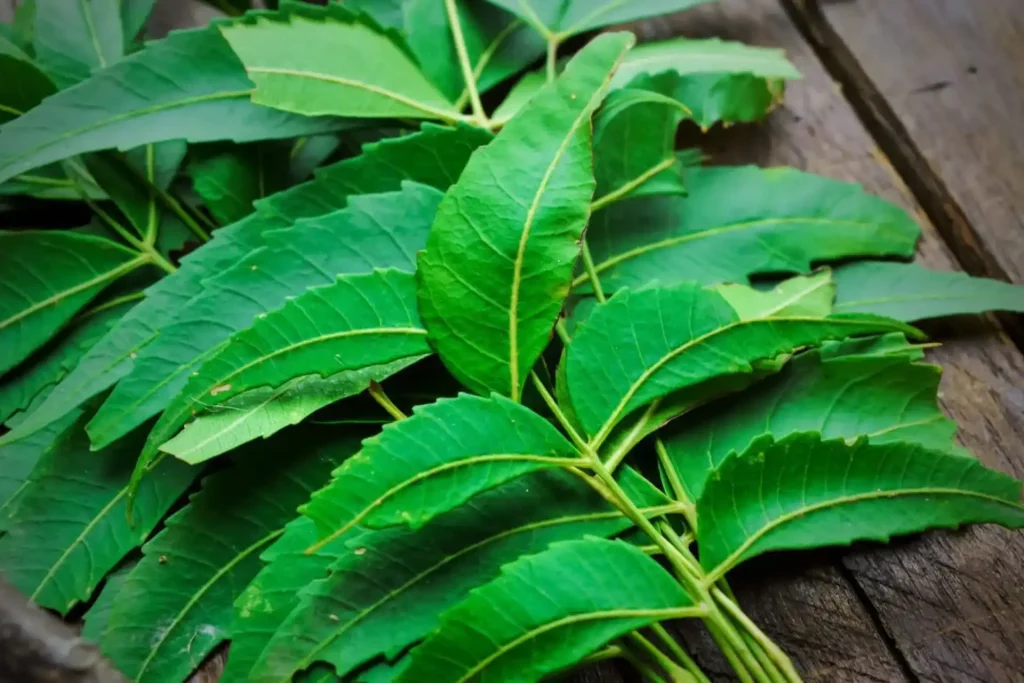
Scientific name: Azadirachta indica
Neem, in Ayurveda, is a well-known herb that is the key player in different traditional remedies. This tree is a cure for different problems. Neem is a powerful antibacterial, antiseptic and anti-inflammatory to reduce scarring, and has antimicrobial and anti-inflammatory properties. Neem Leaf Extract is an anti-acne and anti-ageing active ingredient, recommended for skin care – anti-wrinkle serums, creams, lotions and other applications. It also has whitening efficacy through reducing melanin on
corneocyte.

Scientific name: Crocus sativus
In Ayurveda, Saffron is grouped under “Varnya Gana”, the category of herbs that are known to give the skin a warm, glowing complexion. The spice is considered Tridoshic in that it balances all Doshas. The active compounds of saffron including crocin, can decrease melanin. The compounds work by suppressing the tyrosinase, an enzyme that’s essential for melanin production.

Scientific name: Santalum spicatum
In Ayurveda, Sandalwood is known to relieve the Pitta dosha, which means that it has cooling properties. It helps in removal of dark spots and reduces pigmentation. Also because it holds anti-inflammatory properties it is able to treat acne. The light exfoliating properties help to lift off dark marks or scars.
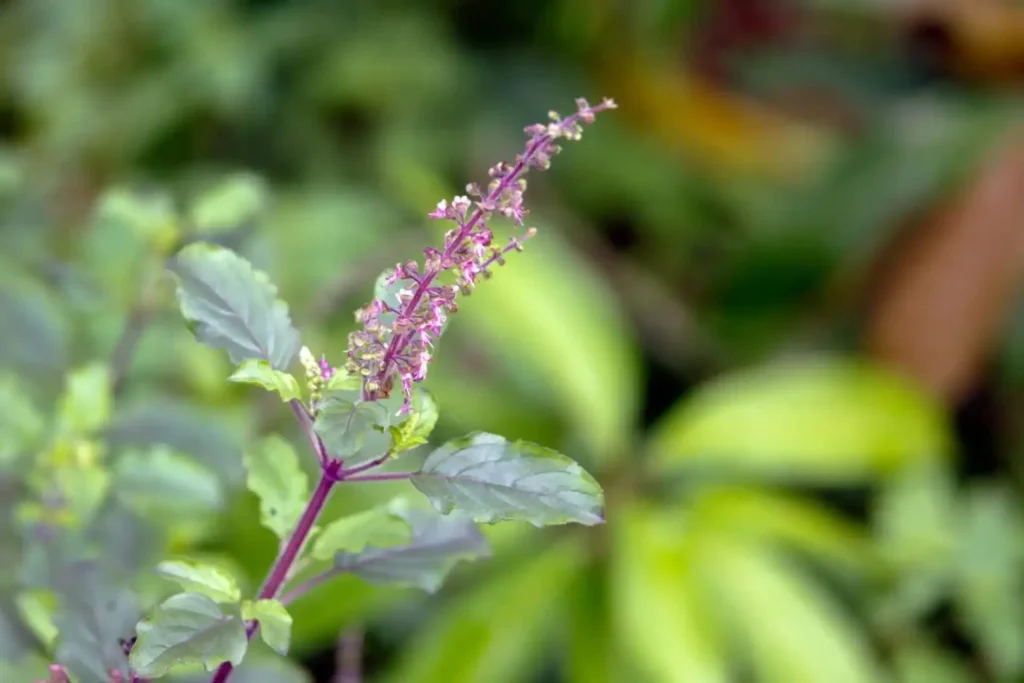
Scientific name: Ocimum sanctum
The emerging science on Tulsi, which reinforces ancient Ayurvedic wisdom, suggests that Tulsi is a tonic for the body, mind and spirit that offers solutions to many modern day health problems. Tulsi helps to absorb excess oils and draw out impurities from skin for skin rejuvenation. Holy Basil polyphenols protect the skin from oxidative stress induced by the exposome (environmental & psychological stresses). It decreases inflammation mediators production. According to Ayurveda, it has the power to lower excess Kapha dosha is the main reason for respiratory problems like cold, cough, sinusitis, and congestion. It effectively liquefies the phlegm and is effective for cough due to allergic bronchitis, asthma and eosinophilic lung disease.

Scientific name: Curcuma longa
Turmeric is one of the most well-known, widely researched, and commonly used Ayurvedic spices in the world. The secret power of adaptogenic turmeric provides improvement in cellular defence to improve skin radiance and even out skin tone. It is used widely and is one of the easiest ways to get rid of prolonged coughing, as turmeric has anti-inflammatory and antioxidant properties.